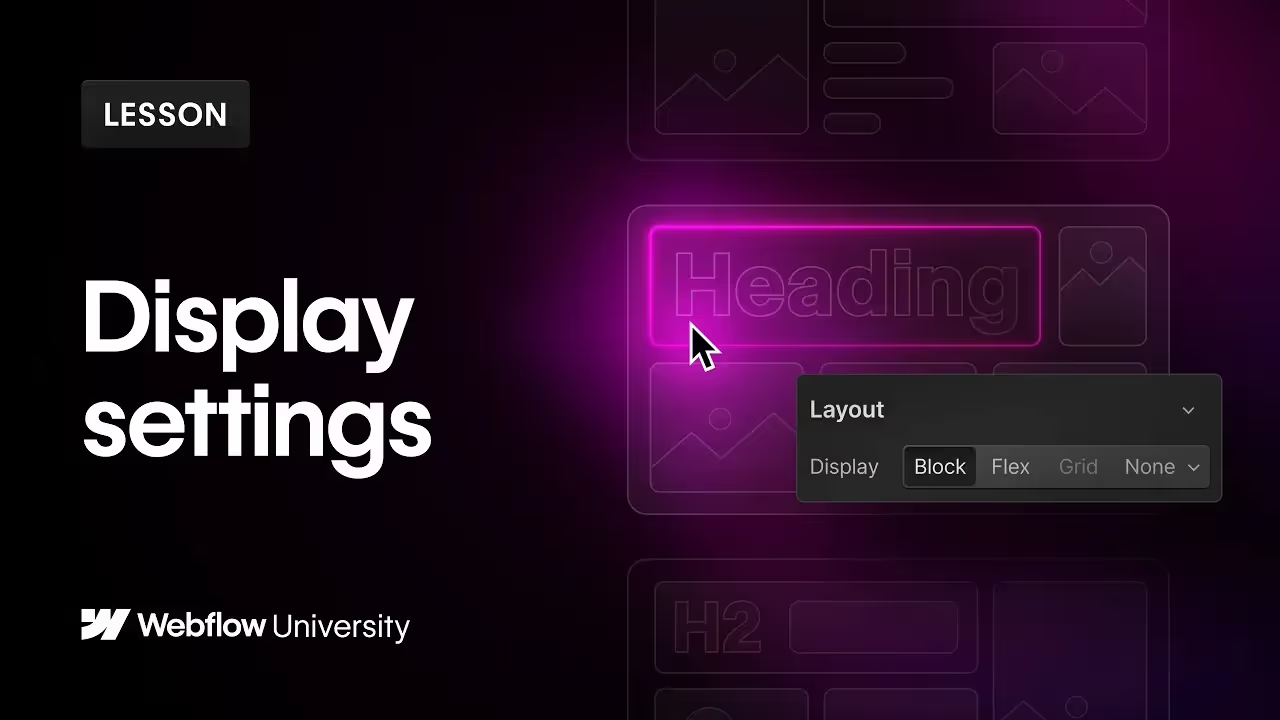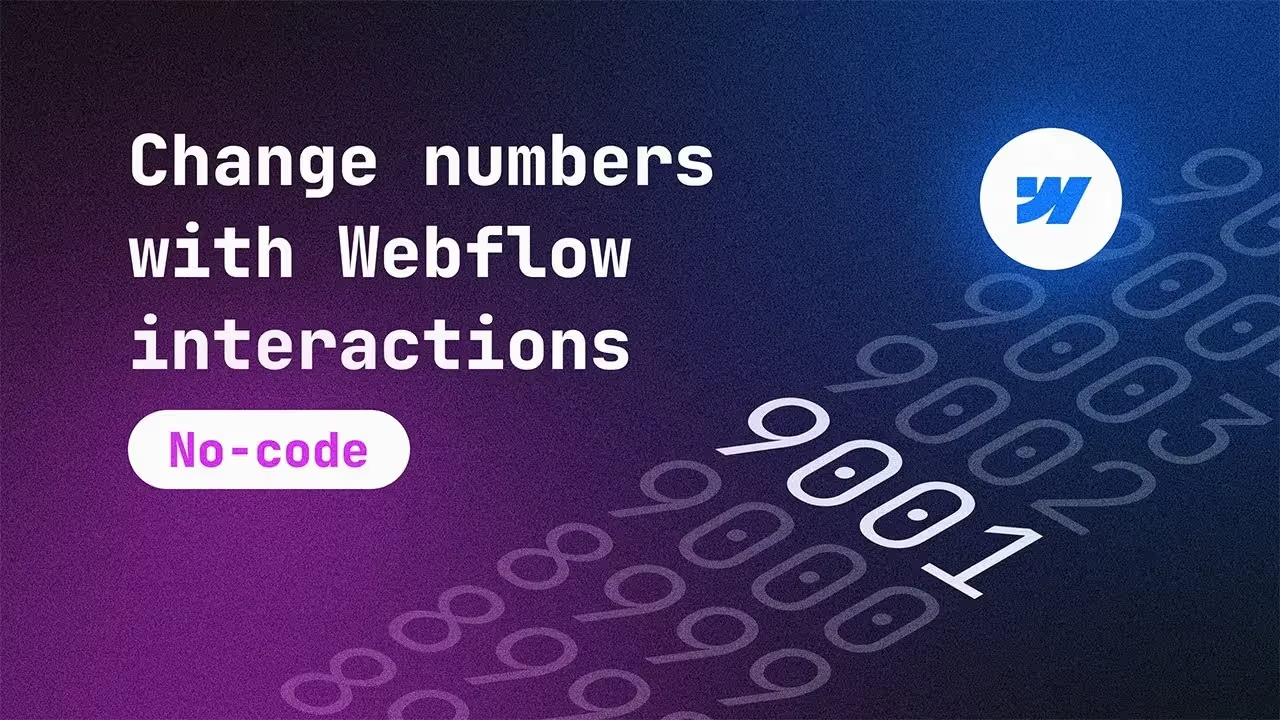
Webflow vs Bubble - Which one should you choose in 2024
Discover the strengths and weaknesses of Webflow and Bubble in this concise comparison. Learn which no-code tool fits your needs, from simple websites to complex web applications.
This video offers an insightful comparison of Webflow and Bubble, two leading no-code platforms that cater to different user needs. Both platforms offer extensive design freedom and hosting services but vary significantly in pricing and usability.
Webflow is presented as the more affordable and straightforward option for beginners and small teams, while Bubble offers more advanced features for building complex web applications, albeit at a steeper price and learning curve.
The video starts by breaking down the pricing structures of both platforms and then diving into ease of use for each platform.
While both platforms have learning portals to aid new users, Webflow is noted for its simplicity, particularly for front-end development. In contrast, Bubble's capability to build intricate web apps introduces additional complexity, which might be overwhelming for beginners but beneficial for those needing extensive back-end customization.
The video concludes with a final verdict: Webflow excels in building high-performing, customizable websites with an easier learning curve, while Bubble shines in creating fully functional, complex web apps.
Key takeaways:
- Pricing Advantage: Webflow is more affordable for small projects and teams.
- Ease of Use: Webflow is easier to master, making it ideal for beginners focused on front-end development.
- Customization: Bubble offers greater customization and flexibility for building complex web applications.
- Learning Curve: Bubble has a steeper learning curve due to its advanced features for back-end development.
- Project Suitability: Choose Webflow for simple, high-performing websites and Bubble for in-depth, app-like web projects.


























